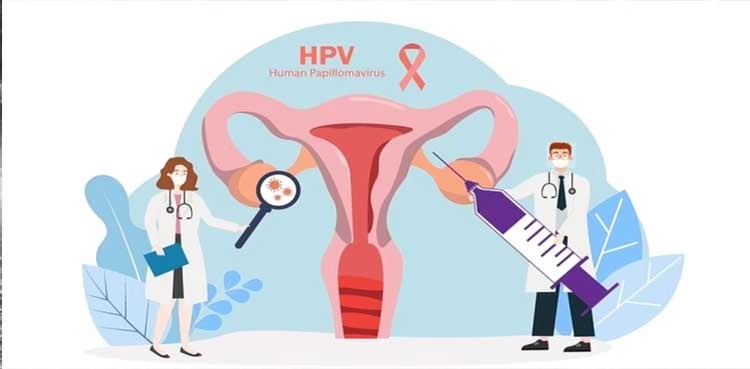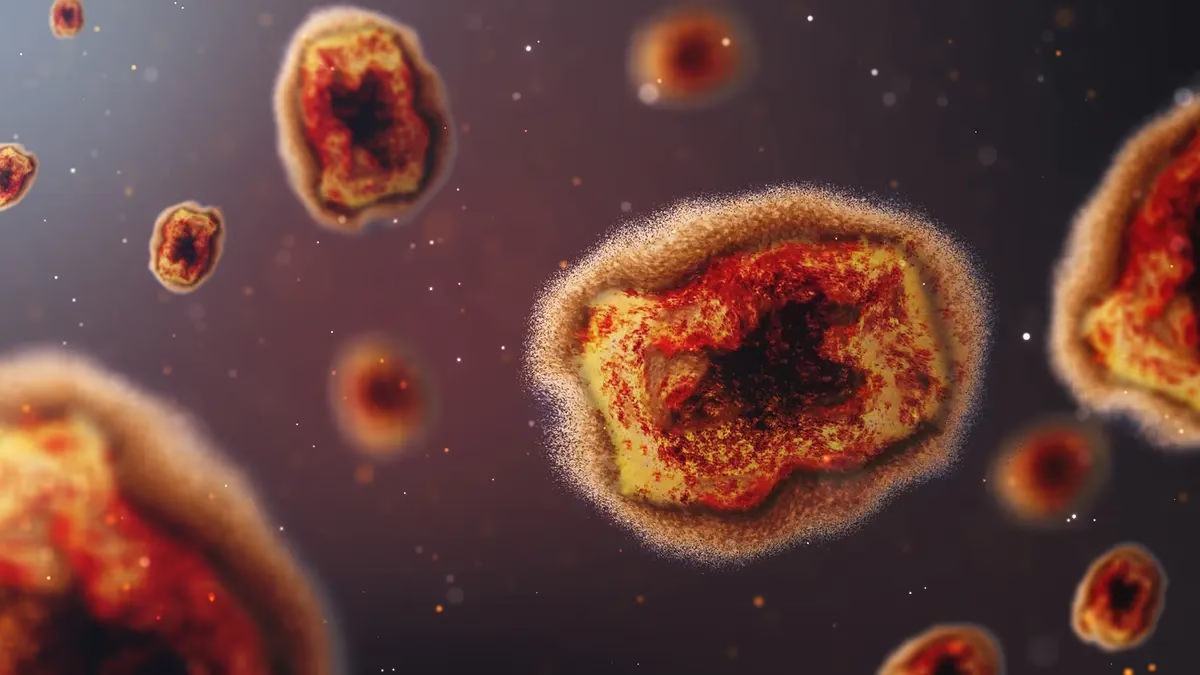Influenza, commonly known as the flu, continues to be a significant global health challenge, with seasonal outbreaks causing widespread illness and occasional pandemics resulting in severe consequences. The ever-changing nature of flu viruses makes it difficult to develop a long-lasting and universally effective vaccine. However, recent expert research offers a promising approach to developing a universal influenza vaccine that could provide lifelong immunity against all flu viruses.
A team of researchers at Oregon Health & Science University (OHSU) has been at the forefront of this groundbreaking endeavor. Their innovative vaccine was recently tested in monkeys, targeting the virus most likely to trigger the next pandemic. The results have been encouraging, showing a robust immune response, which brings hope for a future where flu-related morbidity and mortality could be significantly reduced.
The OHSU-developed vaccine is not based on the current strains of the influenza virus but on historical strains. This approach stems from the understanding that the flu virus evolves rapidly, with new strains emerging regularly. By targeting a broader range of virus components that remain relatively constant across different strains, the vaccine aims to provide comprehensive and long-lasting protection.
In their latest study, the OHSU researchers tested the vaccine on monkeys, specifically focusing on the avian H5N1 influenza virus, which is considered a significant threat due to its high mortality rate in humans and its potential to cause a pandemic. The choice of H5N1 as a target for testing is particularly pertinent, given its history of causing severe illness and fatalities in past outbreaks.
However, the innovative aspect of this research lies in the fact that the vaccine was not designed based on the current H5N1 virus. Instead, the researchers took a historical approach by using the 1918 influenza virus, which was responsible for one of the deadliest pandemics in human history, killing millions worldwide. The rationale behind this decision is to leverage the genetic stability of certain influenza virus components that have remained relatively unchanged since 1918.
The results of the study were promising. The vaccinated monkeys showed a strong immune response when exposed to the avian H5N1 influenza virus. This suggests that the vaccine has the potential to provide protection against a wide range of influenza viruses, including those that may emerge in the future. The ability to elicit a robust immune response against a virus that was not directly used in the vaccine’s formulation is a significant breakthrough, indicating the potential for broad-spectrum efficacy.
The implications of this research are profound. A universal influenza vaccine could revolutionize public health by eliminating the need for annual flu shots and reducing the impact of seasonal flu outbreaks. Moreover, it could provide a critical defense against future pandemics, offering protection against emerging strains that current vaccines may not cover.
The OHSU researchers are cautiously optimistic about their findings. While the results in monkeys are encouraging, further research and testing in humans are necessary to confirm the vaccine’s efficacy and safety. Human trials will be a crucial next step in determining whether this approach can be translated into a viable universal flu vaccine.
The development of a universal influenza vaccine has long been a goal of the scientific community. The challenges are significant, given the virus’s ability to mutate and the complexity of the human immune system’s response to different strains. However, the OHSU team’s research represents a significant step forward in overcoming these obstacles.
The expert research conducted by OHSU offers a promising path toward the development of a universal influenza vaccine. By targeting the stable components of the influenza virus and demonstrating a strong immune response in monkeys, this innovative approach has the potential to provide lifelong immunity against all flu viruses. While more research is needed to bring this vaccine to fruition, the findings to date provide a hopeful glimpse into a future where the burden of influenza could be dramatically reduced, and the threat of flu pandemics could be mitigated.



